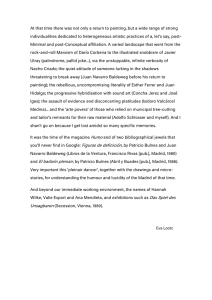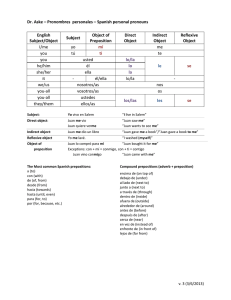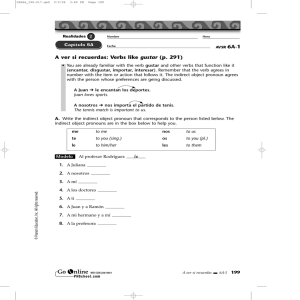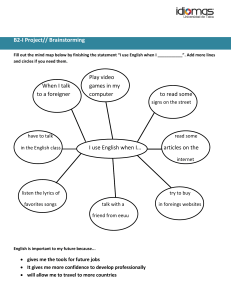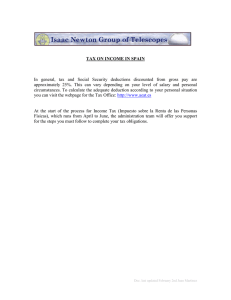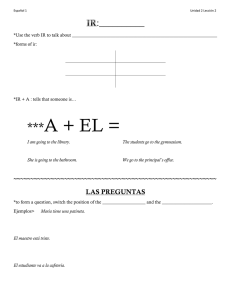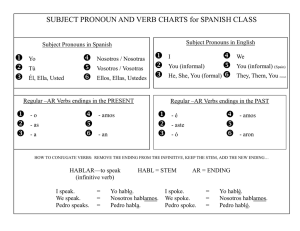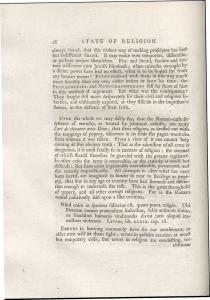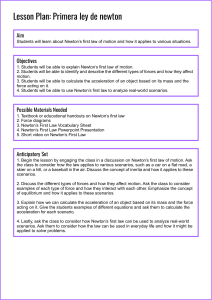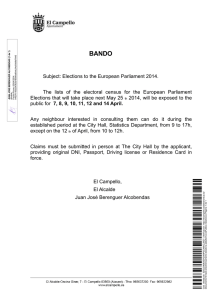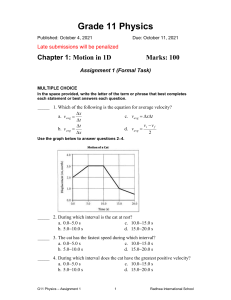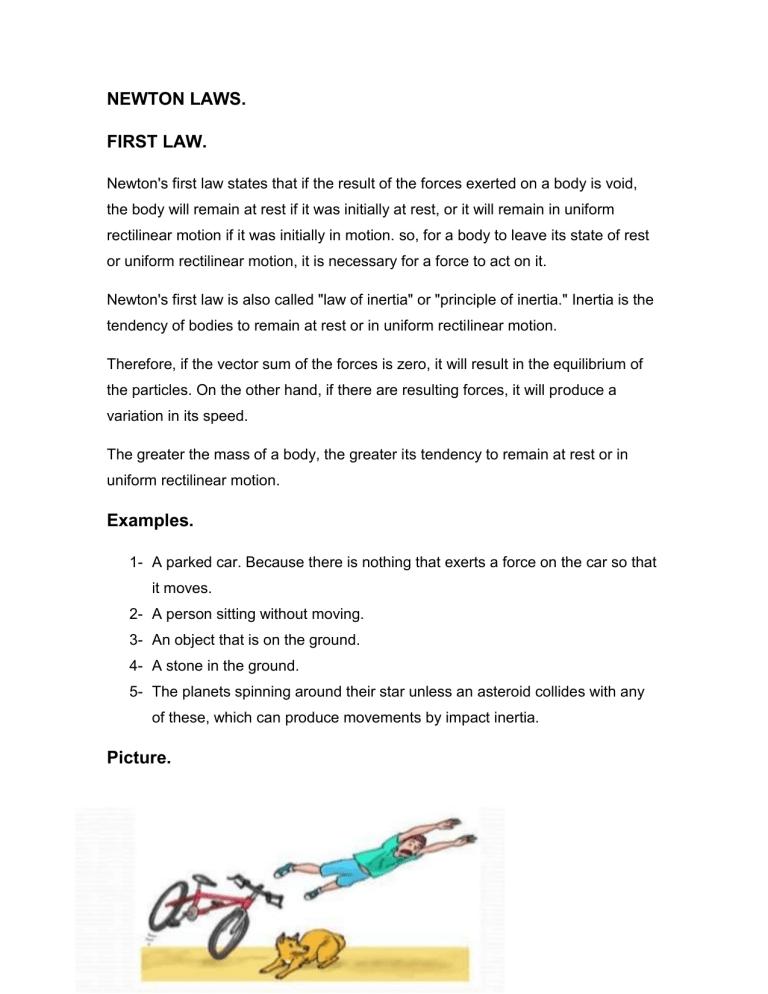
NEWTON LAWS. FIRST LAW. Newton's first law states that if the result of the forces exerted on a body is void, the body will remain at rest if it was initially at rest, or it will remain in uniform rectilinear motion if it was initially in motion. so, for a body to leave its state of rest or uniform rectilinear motion, it is necessary for a force to act on it. Newton's first law is also called "law of inertia" or "principle of inertia." Inertia is the tendency of bodies to remain at rest or in uniform rectilinear motion. Therefore, if the vector sum of the forces is zero, it will result in the equilibrium of the particles. On the other hand, if there are resulting forces, it will produce a variation in its speed. The greater the mass of a body, the greater its tendency to remain at rest or in uniform rectilinear motion. Examples. 1- A parked car. Because there is nothing that exerts a force on the car so that it moves. 2- A person sitting without moving. 3- An object that is on the ground. 4- A stone in the ground. 5- The planets spinning around their star unless an asteroid collides with any of these, which can produce movements by impact inertia. Picture. SECOND LAW. Newton's second law is the fundamental principle of mechanics and states that the intensity of the resultant forces exerted on a body is directly proportional to the product of the acceleration acquired by the body's mass: Where F is the result of the forces acting on the body; m, the mass of the body; a, the acceleration of the body. For F (force): newtons (N). For m (mass): kilograms (kg). For a (acceleration): meters per second squared (m / s2). It is important to emphasize that force is a vector, that is, it has modulus, direction and meaning. Then, when several forces act on a body, they are added vectorially and the result is the resulting force. The arrow on the letters in the formula represents that the force and acceleration are vectors and that the direction and direction of the acceleration will be the same as the resulting force. Examples. 1- A student arrives at a class, but upon entering the classroom, he realizes that there are no seats to sit since everyone is already occupied. Soon, he leaves the classroom in search of benches and chairs. While the student moves the chair exerts a certain force and speed, but, when wanting to move a table (whose mass is greater than that of the chair) the student slows down in speed, because the mass is greater than that of the chair first moved. 2- If Pedro weighs 50 kg and Juan pushes him, Juan will need to use a certain force on Pedro to move him. Now if Juan pushes Raul weighing 100 kg, Raul is likely to move less than Pedro after Juan's push. Then Juan will need much more force to push Raul than to push Pedro. 3- If a lady teaches two children to ride a bicycle; one of 4 years and another of 10 years must exert more force when pushing the 10 year old child because his weight is greater. So if you exert the same force when you push the 4year-old child as the 10-year-old child, the latter will not be able to move as quickly as the first one would (since being lighter needs a smaller force from the lady). 4- A car with the engine running that needs a certain amount of horsepower to be able to drive on the road. 5- A man who is moving gets tired more when he lifts a fan than when he lifts a cushion or cushion, because the weight of the cushion is less than that of the fan. Picture. THIRD LAW. Newton's third law is called the law of action and reaction, in which every force of action corresponds to a reaction force. In this way, the forces of action and reaction, acting in pairs, do not balance, once they are applied to different bodies. Remembering that these forces have the same magnitude and direction but in the opposite direction. Examples. 1- If one billiard ball hits another, the second one will move with the same force with which the first one moves. This happens as long as neither of them hit another object that slows them down. 2- When a soccer player kicks a ball, this player receives the same force with which he kicked, but from the ball. 3- A person who climbs a ladder rests his foot on a step. This step exerts the opposite force on the foot so that it does not break. 4- When a person accidentally kicks a stone, the same stone has exerted equal force on the person's foot. For this reason, the greater the force used, the greater the pain or impact since the force (reaction) that the foot receives (in this example) is equal to that emitted by the person when it hits the stone. 5- There are two skaters, standing opposite each other. If one of them pushes the other, both will move in opposite directions. Picture. Bibliografía ejemplos. (2019). Recuperado el 8 de Septiembre de 2019, de ejemplos: https://www.ejemplos.co/leyes-de-newton/#site-header Gouveia, R. (15 de Abril de 2019). TodaMateria. Recuperado el 8 de Septiembre de 2019, de TodaMateria: https://www.todamateria.com/leyes-de-newton/

